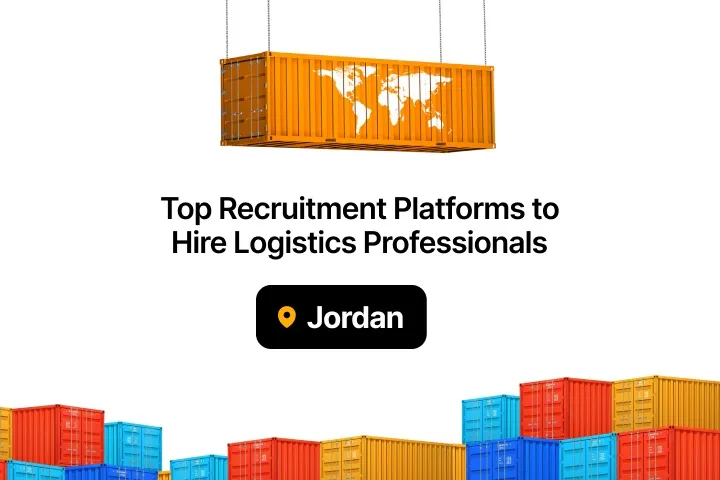Hiring in India has never been more complex. Recruiters are flooded with junior-level resumes yet struggle to find qualified mid-senior professionals. According to multiple HR surveys, it now takes 40–50 days on average to fill a skilled position, one of the longest hiring cycles in Asia.
As industries like IT, healthcare, and manufacturing expand, recruiters are under growing pressure to source verified, job-ready candidates while keeping hiring costs low. Based on insights from hundreds of Qureos campaigns, this guide explores the biggest recruitment challenges in India and how hiring teams can overcome them in 2025.
Suggested: Labor Laws in India
1. Shortage of Qualified Mid-Level and Senior Talent
A major challenge for recruiters in India is the imbalance between junior and experienced candidates. While the market is full of entry-level job seekers, skilled professionals with hands-on experience remain scarce.
Key issues:
- Job descriptions often don’t match the local talent pool.
- Recruiters receive hundreds of junior resumes but very few senior profiles.
How to solve it:
- Adjust job requirements to reflect the available market skills.
- Build candidate pipelines months in advance.
- Use niche hiring tools like Qureos, which apply AI-driven skill matching and candidate scoring to identify verified, job-ready professionals.
Suggested: Top Recruitment Platforms in India
2. Unverified and Outdated Candidate Data
Recruiters often waste hours reviewing incomplete or falsified CVs. Many candidates fail to update LinkedIn profiles or exaggerate experience, making it difficult to assess credibility.
Impact:
Hiring teams lose time verifying data and chasing unqualified candidates.
How to solve it:
- Use platforms that verify candidate identity, intent, and availability before shortlisting.
- Implement automated reference and background checks early in the funnel.
- Qureos, for instance, tags candidate readiness and verifies employment history to help recruiters shortlist faster.
3. Manual and Slow Recruitment Workflows
Many hiring teams in India still rely on spreadsheets and emails to track candidates. This manual approach leads to errors, delays, and poor coordination among recruiters.
Key challenges:
- No automation for resume screening or communication tracking.
- Recruiters spend 60–70% of their time filtering unqualified profiles.
How to solve it:
- Adopt an Applicant Tracking System (ATS) or AI hiring tool to automate outreach, scoring, and follow-ups.
- Create standardized templates for candidate communication and status tracking.
Suggested: Top Applicant Tracking Systems (ATS) in India
4. Skills Mismatch Between Candidates and Job Requirements
India’s talent pool has a degree surplus but a skill shortage. Many graduates hold technical or business degrees but lack job-ready skills such as data analysis, automation tools, or industry certifications.
Result:
Unfilled positions, delayed projects, and lower productivity.
How to solve it:
- Define clear skill requirements and certifications in every job post.
- Offer short skill-assessment tests or task-based interviews.
- Use AI-powered platforms that rank candidates based on real-world skill signals instead of only education or job title.
5. Candidate Ghosting and Drop-Offs
Ghosting has become one of the biggest pain points for Indian recruiters. Candidates frequently drop off mid-interview or accept counteroffers after verbally committing.
Common causes:
- Poor communication between interview rounds.
- Multiple competing offers and long hiring timelines.
How to solve it:
- Maintain consistent communication and update candidates promptly.
- Shorten the interview process with pre-screened video interviews or one-click scheduling.
- Prioritize candidates with high intent scores or verified availability to minimize no-shows.
Suggested: How to Find a Job in India
6. Overreliance on Job Boards and Referrals
Traditional sourcing methods, job boards and referrals, are no longer enough. They bring in large volumes of low-intent applicants and limit access to diverse talent pools.
Key issues:
- Too many irrelevant or duplicated applications.
- Limited reach for specialized or high-volume roles.
How to solve it:
- Combine job boards with AI-based sourcing platforms, which match candidates using data-backed insights.
- Build community-driven talent pipelines through LinkedIn, WhatsApp, and niche online groups.
7. Compliance and Local Hiring Regulations
Recruiters in India must navigate state-specific labor laws, reservation quotas, and wage policies, all of which complicate large-scale hiring.
Challenges:
- Quota-based hiring can restrict flexibility for certain industries.
- Documentation and compliance requirements differ across states.
How to solve it:
- Keep updated with the Code on Wages and other labor laws.
- Use centralized HR tools for documentation and compliance tracking.
- Filter candidates by location or eligibility to meet nationalization requirements efficiently.
Suggested: India Cost of Recruitment Calculator
Conclusion
Recruitment in India is evolving, but so are its challenges. From skill mismatches to manual hiring systems and data verification issues, recruiters must adapt quickly to stay competitive.
By using AI-powered tools, hiring teams can automate candidate sourcing, verify applicant data, and ensure a faster, more compliant hiring process.
{{tool-ind="/sandbox/home-v3"}}

.avif)
.webp)

